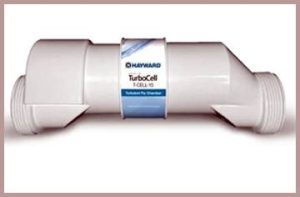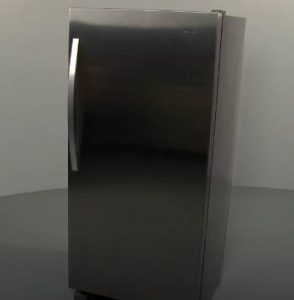Once upon a time, baseboard heating was considered the most innovative way to heat a home. But as technology advanced, we found better, more efficient, and eco-friendly heating solutions that can help us ditch those dusty, old-fashioned baseboards for good.
In this article, we will dive into the fascinating world of alternatives to baseboard heating systems. We will explore the pros and cons of each option, and by the end of this story, you will have a clear idea of which heating system might be the best fit for your home.
Radiant Floor Heating: Walking on Sunshine

Imagine waking up on a cold winter morning and stepping onto a warm floor. Sounds heavenly, right? Radiant floor heating can make that dream a reality. This heating solution involves installing electric or water-based heating elements under your flooring, distributing heat evenly throughout the room. Radiant floor heating systems are highly efficient, as they heat objects directly rather than the air.
Pros
- Comfortable, even heat distribution
- Energy-efficient
- Invisible – no clunky baseboards or radiators
- Compatible with various flooring types
Cons
- Expensive upfront cost
- Installation can be disruptive
- Not suitable for some types of flooring
Ductless Mini-Split Systems: Small But Mighty

Ductless mini-split systems are a versatile and energy-efficient alternative to baseboard heating. They consist of an outdoor compressor and one or more indoor air handlers that can be mounted on the wall or ceiling. These systems provide both heating and cooling, which makes them perfect for year-round comfort.
Pros
- Energy-efficient
- Easy installation
- Zone heating and cooling
- Quiet operation
Cons
- Initial cost can be higher than baseboard systems
- Requires regular maintenance
- Aesthetics may not be appealing to everyone
Hydronic Heating: Go With the Flow
Hydronic heating systems use heated water that flows through a network of pipes, radiators, or baseboard heaters to warm your home. This type of heating is not only energy-efficient, but it also offers a more comfortable and even heat distribution.
Hydronic systems can be used with various heat sources, such as gas boilers or solar panels, making them a versatile choice.
Pros
- Energy-efficient
- Consistent heat distribution
- Flexible heat sources
- Scalable and customizable
Cons
- Expensive upfront cost
- Requires regular maintenance
- Possible water damage risk
Infrared Heating Panels: Feel the Heat
Infrared heating panels are a modern, stylish alternative to baseboard heaters. These slim, wall-mounted panels emit infrared radiation that directly heats objects and people in the room. As a result, they provide a comfortable and energy-efficient heating solution that warms up your space quickly.
Pros
- Rapid heating
- Energy-efficient
- Sleek, space-saving design
- Low maintenance
Cons
- High initial cost
- Heat distribution may be uneven
- Surface temperatures can be hot to touch
Frequently Asked Questions (FAQs)
Yes, you can remove baseboard heating systems and replace them with more efficient and effective alternatives such as radiant floor heating, ductless mini-split systems, hydronic heating, or infrared heating panels.
Baseboard heaters are not necessary, especially with the numerous heating alternatives available today. While they were once a popular choice, homeowners now have access to more efficient and aesthetically pleasing options to keep their homes warm and comfortable.
Baseboard heating systems have several disadvantages, including:
Inefficient energy usage
Unevenheat distribution
Dust and allergen accumulation
Limited control over individual room temperatures
Unsightly appearance
Wall heaters generally offer several advantages over baseboard heaters. They tend to heat a room more quickly and evenly, and they often provide better temperature control. Wall heaters are also typically easier to clean and maintain, and they take up less space compared to baseboard heaters. However, the best choice depends on your specific needs, preferences, and budget.
Baseboard heat can be less healthy compared to other heating options due to the dust and allergens that accumulate around the baseboards. This can exacerbate allergies and respiratory issues for those living in the home. However, regular cleaning and maintenance can help mitigate these issues.
Hot water heating, also known as hydronic heating, can be a more efficient and comfortable alternative to baseboard heating. Hydronic systems offer consistent heat distribution and can be used with various heat sources, making them a versatile choice. However, they do come with a higher upfront cost and require regular maintenance.
Wrapping Things Up
In conclusion, there are plenty of alternatives to baseboard heating systems, each with its unique set of advantages and drawbacks. By considering factors such as energy efficiency, upfront costs, and maintenance requirements, you can make an informed decision about which heating solution is the perfect fit for your home. Say goodbye to those outdated baseboards and hello to a more comfortable, efficient, and modern way of keeping your home warm and cozy.




